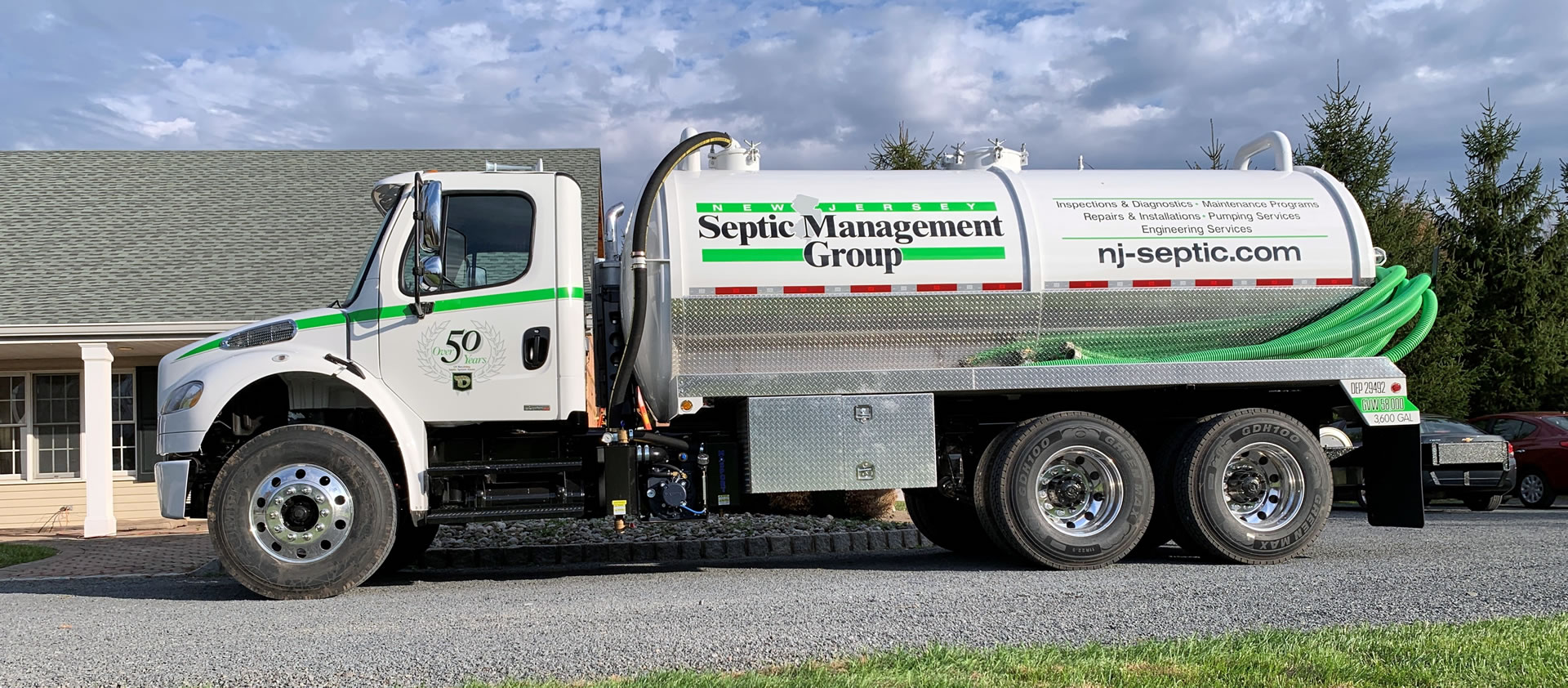Some Of Stillwell Septic And Grading
Table of ContentsStillwell Septic And Grading Fundamentals Explained8 Simple Techniques For Stillwell Septic And GradingThe Definitive Guide to Stillwell Septic And GradingStillwell Septic And Grading Things To Know Before You Get ThisIndicators on Stillwell Septic And Grading You Should KnowStillwell Septic And Grading for Dummies
A leaking bathroom can squander hundreds of gallons of water a day. Take baths with a partially-filled tub and do not leave the tap running when doing other tasks. Wash just full tons of meals and laundry.
The Single Strategy To Use For Stillwell Septic And Grading
Stay clear of shedding stacks of leaves or branches over the drainfield, as the warm could harm the plastic pipes listed below. Restriction the addition of topsoil or garden compost to no greater than a couple of inches over the drainfield. Septic Tank Pumping. A good general rule for landscape design over drainfields is to utilize shallow-rooted plants that do not need added topsoil to flourish
Yard is the most effective cover. Avoid trees, bushes, and water-loving plants with deep roots. Grasses, blended wildflowers, and ground covers with shallow roots are excellent alternatives. Plant trees and hedges at least 30 feet away from your septic container and drainfield to maintain roots from entering into and damaging or clogging the drainfield pipelines.
A septic system failing creates unattended sewage to be launched and moved to where it must not be. This may cause sewer to come to the surface of the ground around the container or the drainfield or to back up in pipelines in the building.
Stillwell Septic And Grading Things To Know Before You Buy
Most of the times, the person who falls in gets out without major injury. But a kid's unfortunate death is a suggestion to inspect your septic system for damaged or missing out on covers. Owners of septic systems are in charge of making certain the systems are risk-free and feature appropriately, including having a safe lid on the tanks
Consistently evaluate the condition of the covers for threats or troubles. Maintain the lids protected by repairing or replacing all harmed or missing parts. Usage screws, screws, or various other locks to secure the covers and prevent simple access. Never drive or park vehicles in addition to septic systems- it can damage or dislodge the cover.
The Of Stillwell Septic And Grading
Ensure the covers are protected after working on your septic tank. Educate kids that the septic system covers are not to be played on or opened. Have septic systems that are no more in operation appropriately deactivated. For other basic secure methods around septic systems please review the Septics 201 Do It Yourself Program Septic Safety Tips.
Keeping in mind the levels will certainly assist identify if there is a possible problem with the system. After that, the container will be completely pumped down, eliminating all of the fluid and strong waste. As soon as the container is completely pumped, the inlet and outlet tees of the will certainly be examined to guarantee they are still intact and working appropriately
About Stillwell Septic And Grading
If you are home at the time of solution (totally not needed if that's not your point) you may be asked to flush your bathrooms to ensure everything is streaming properly. Once the service is full, the sewage-disposal tank will be covered as it was when we arrived! Professionals advise having your system pumped every 3 to 5 years however a number of variables ought to be considered when deciding exactly how often your septic system needs to be serviced.

If your septic has actually not been serviced in even more than 6 months, we would desire to service the septic. If the problem continues, a drainpipe cleaner will certainly after that be sent out to get rid of the line to the septic storage tank.
Not known Facts About Stillwell Septic And Grading

If the ponding is focused over the leach area that could indicate a leach line is blocked with Bio-Mat and requires to be fixed or changed. The majority of sewage-disposal tanks have two to 3 covers; one over the inlet side of the septic system (where the water from your home enters the container), one in the center of the container, and one on the outlet side of the container (where the liquid from the storage tank departures to your leach area).
Sliced up food particles do not damage down in the septic container and can make their escape into your leach area lines triggering obstructions. Rubbish disposals, even those significant septic risk-free, are ruled out advantageous for your septic tank. Proper working degree is where the water level in your storage tank fulfills the outlet tee of the container.